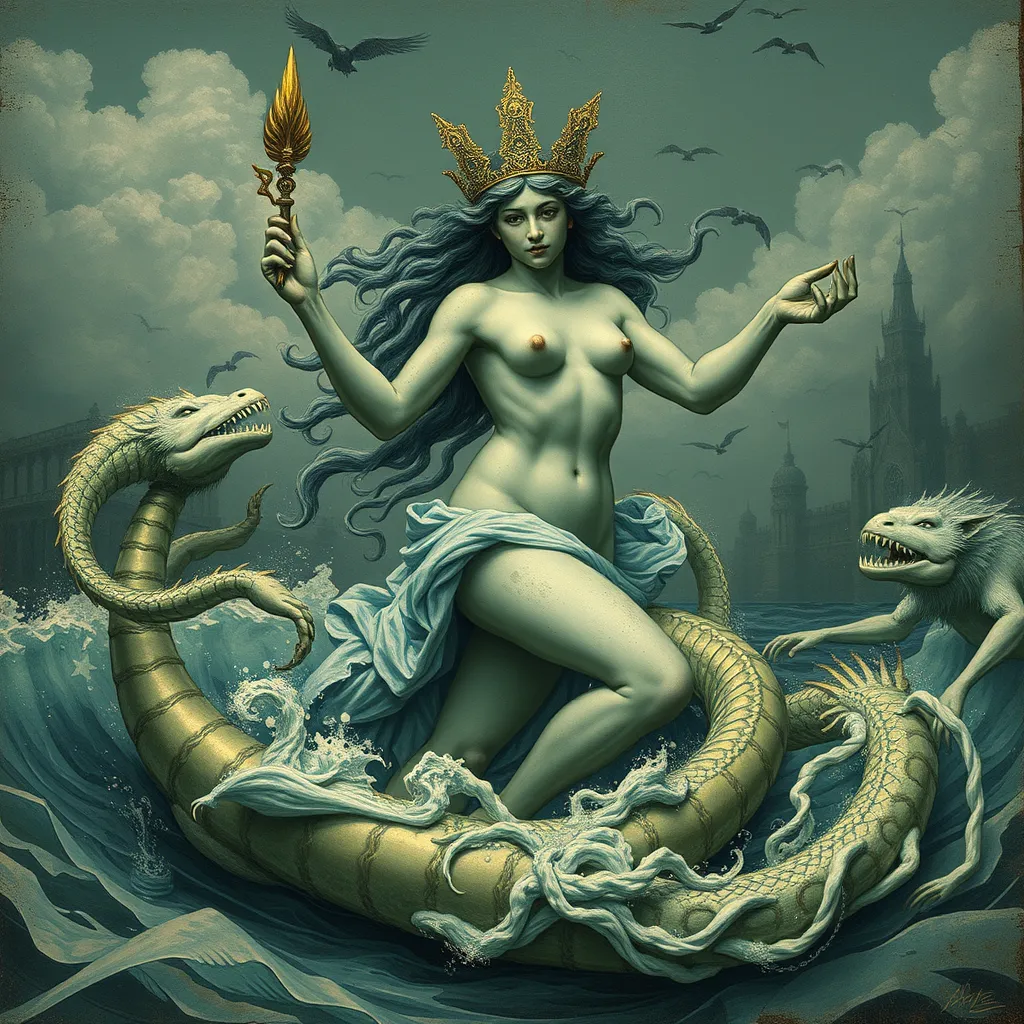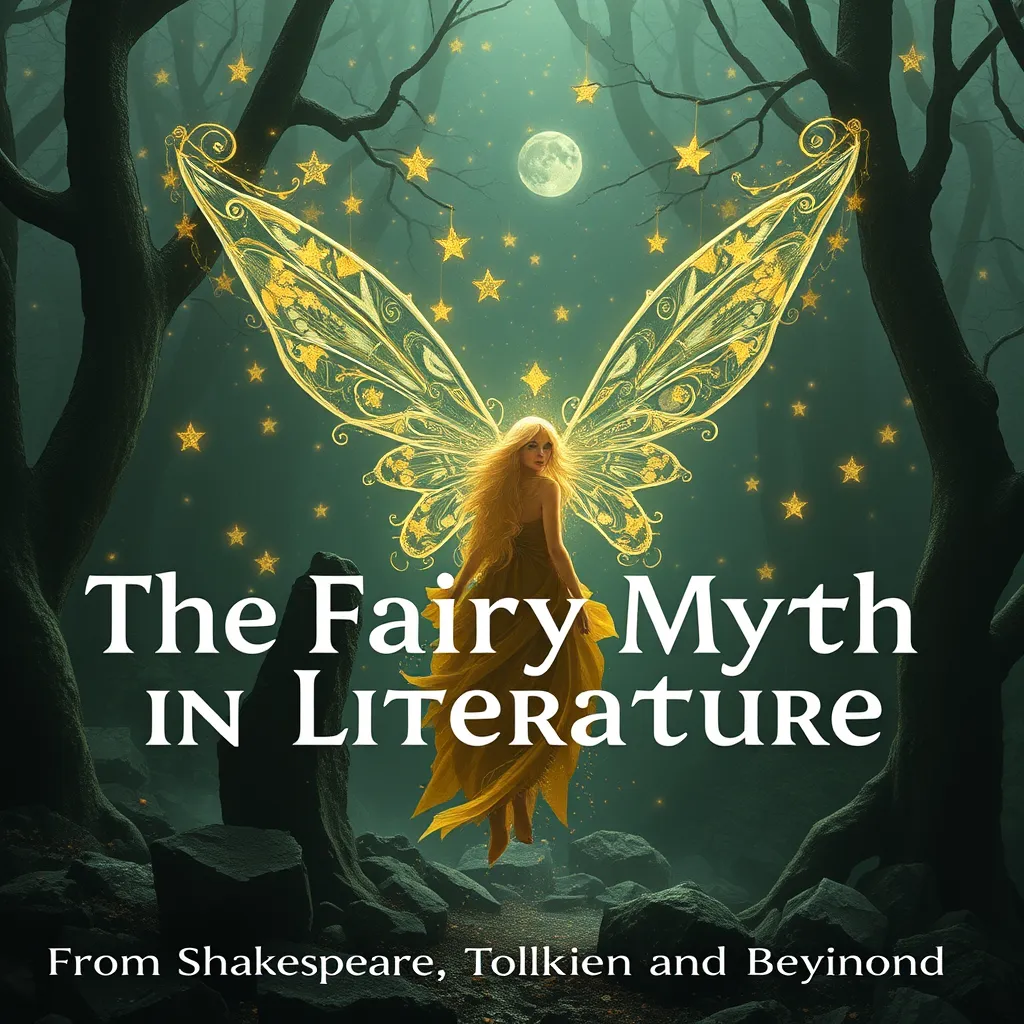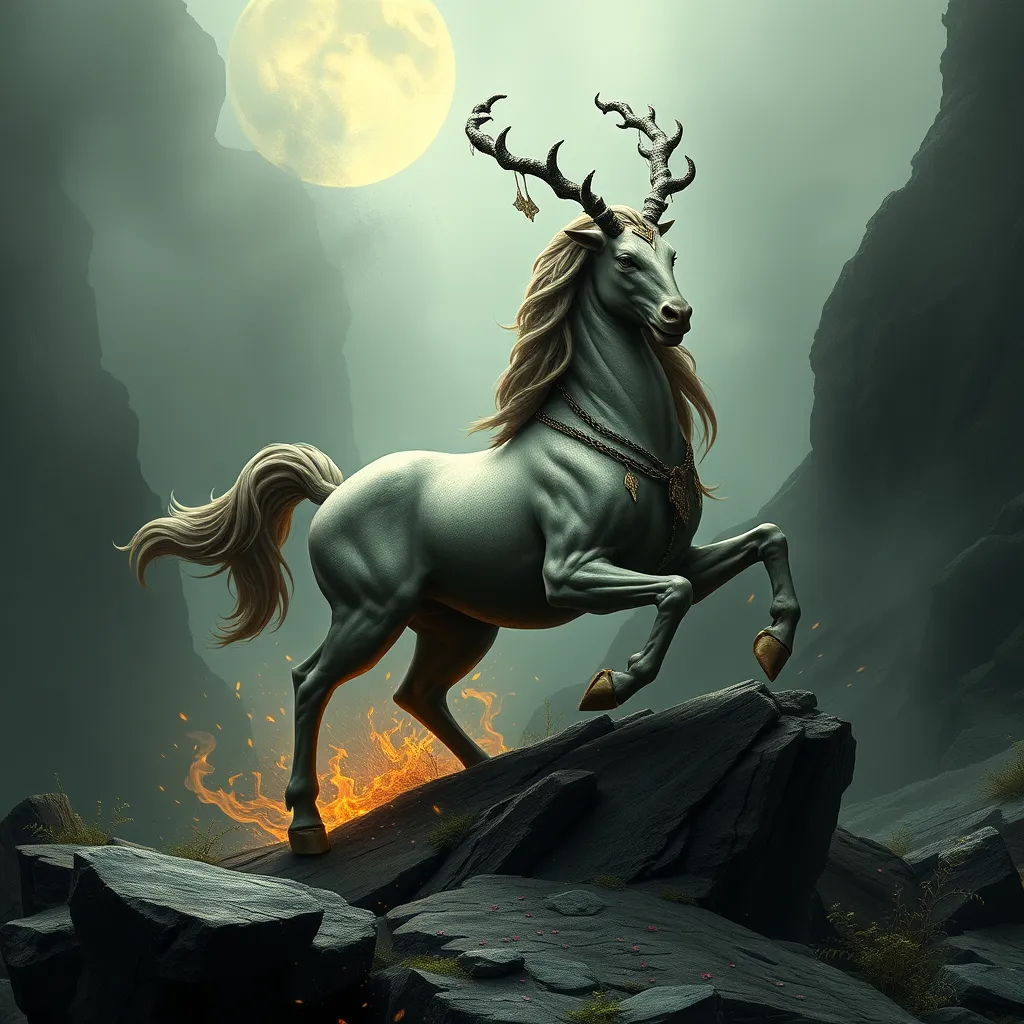From Sea Nymphs to Sea Monsters: Examining the Shifting Depictions of Roman Sirens
I. Introduction
Sirens have long been a captivating element of mythological narratives, particularly within Roman mythology. Initially portrayed as enchanting beings who lured sailors to their demise with their irresistible songs, the depiction of Sirens evolved significantly over time. Understanding this evolution is crucial for grasping the broader cultural and artistic shifts in ancient Rome.
This article aims to delve into the transformation of Sirens from their origins in Greek mythology to their later representations in Roman literature and art. By examining these shifting depictions, we gain insight into the societal values and beliefs of the time, as well as the enduring nature of mythological motifs.
II. The Origins of Sirens in Greek Mythology
Sirens first appeared in Greek mythology, where they were described as beautiful women, often depicted with bird-like features. They were said to inhabit rocky islands and would sing alluring melodies to attract sailors, leading them to crash upon the rocks.
- Early Descriptions: The earliest references to Sirens can be found in Homer’s “Odyssey,” where they are depicted as dangerous seductresses.
- Connection to Mythological Figures: Sirens were sometimes associated with the Muses, suggesting a link between beauty, art, and danger.
- Influence on Roman Interpretations: As Roman culture absorbed Greek mythology, they adapted the concept of Sirens, maintaining their enchanting qualities while gradually altering their appearance and symbolism.
III. The Role of Sirens in Roman Literature
In Roman literature, Sirens continued to serve as potent symbols of temptation and danger. Prominent texts, such as Virgil’s “Aeneid,” featured these mythical beings prominently.
- Key Texts: In the “Aeneid,” the Sirens are depicted as obstacles to the hero Aeneas, highlighting their role in representing perilous distractions.
- Enchanting Figures: Roman authors often portrayed Sirens as captivating yet lethal, reflecting the dual nature of temptation.
- Contrast with Other Mythological Beings: Unlike other creatures in Roman mythology, such as harpies or gorgons, Sirens retained an air of beauty and allure, emphasizing their unique role in literature.
IV. Symbolism and Themes Associated with Sirens
The Sirens embody a rich tapestry of symbolism and themes that resonate throughout Roman culture. Their depictions often reflect complex societal attitudes toward femininity, desire, and danger.
- The Duality of Attraction and Danger: Sirens represent the fine line between allure and peril, serving as a cautionary tale for those who succumb to temptation.
- Representations of Temptation and Seduction: They symbolize the seductive power of beauty and the potential consequences of yielding to such charms.
- Cultural Reflections: The depictions of Sirens in Roman art and literature mirror the anxieties and desires of a society grappling with the complexities of love, lust, and danger.
V. Artistic Representations of Sirens in Roman Art
Roman art offers a fascinating lens through which to examine the evolving depiction of Sirens. Their portrayal transformed from idyllic figures to more fearsome representations over time.
- Visual Depictions: Sirens were commonly represented in mosaics, frescoes, and sculptures, often depicted with human features and beautiful forms.
- Evolution of Imagery: As Roman society progressed, depictions began to show Sirens with more monstrous attributes, reflecting changing societal fears.
- Notable Artworks: Famous artworks, such as the mosaics from Pompeii, illustrate the alluring beauty of Sirens, while later representations show a more grotesque and terrifying aspect.
VI. The Shift to Sea Monsters: Factors and Influences
The transition from enchanting Sirens to fearsome sea monsters can be attributed to various historical and cultural shifts.
- Historical and Cultural Shifts: The decline of the pagan world and the rise of Christianity influenced the reinterpretation of many mythological figures, including Sirens.
- Emerging Christian Narratives: Sirens began to be viewed as embodiments of sin and temptation, aligning with Christian teachings that warned against succumbing to worldly desires.
- Beauty to Horror: The transformation in depictions reflects a broader shift in cultural values, where beauty became associated with danger and evil.
VII. Contemporary Interpretations of Sirens
In modern times, Sirens continue to capture the imagination, appearing in various forms of literature, film, and art. Contemporary interpretations often revisit the themes established in ancient depictions.
- Modern Retellings: Authors and filmmakers have reimagined Sirens, exploring their dual nature as both seductive and dangerous beings.
- Resurgence of Interest: There has been a renewed fascination with mythological figures, leading to adaptations that highlight their complexity and relevance in contemporary society.
- Reflections of Ancient Depictions: Modern portrayals often mirror ancient depictions, showcasing the timelessness of the Sirens’ allure and the ongoing struggle between attraction and danger.
VIII. Conclusion
The evolution of Sirens from enchanting sea nymphs to fearsome sea monsters reveals much about the cultural and artistic transformations within Roman society. Through literature and art, Sirens encapsulate themes of temptation, danger, and the complexities of desire.
In summary, the shifting depictions of Sirens illustrate the interplay between beauty and horror, reflecting the changing values of each era. As we continue to explore the rich tapestry of mythological figures, further research on Sirens and their transformations promises to yield deeper insights into their enduring significance in mythology and culture.



